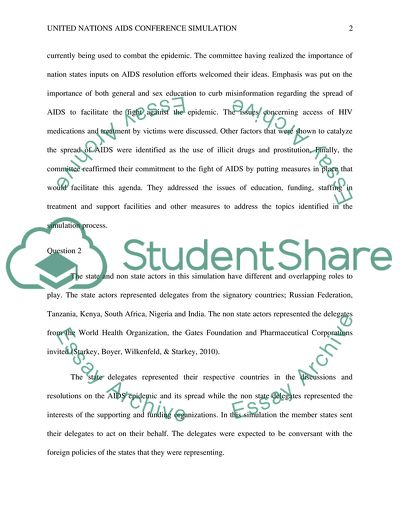Cite this document
(“United Nations AIDS Conference Simulation Essay”, n.d.)
United Nations AIDS Conference Simulation Essay. Retrieved from https://studentshare.org/social-science/1645746-united-nations-aids-conference-simulation
United Nations AIDS Conference Simulation Essay. Retrieved from https://studentshare.org/social-science/1645746-united-nations-aids-conference-simulation
(United Nations AIDS Conference Simulation Essay)
United Nations AIDS Conference Simulation Essay. https://studentshare.org/social-science/1645746-united-nations-aids-conference-simulation.
United Nations AIDS Conference Simulation Essay. https://studentshare.org/social-science/1645746-united-nations-aids-conference-simulation.
“United Nations AIDS Conference Simulation Essay”, n.d. https://studentshare.org/social-science/1645746-united-nations-aids-conference-simulation.


